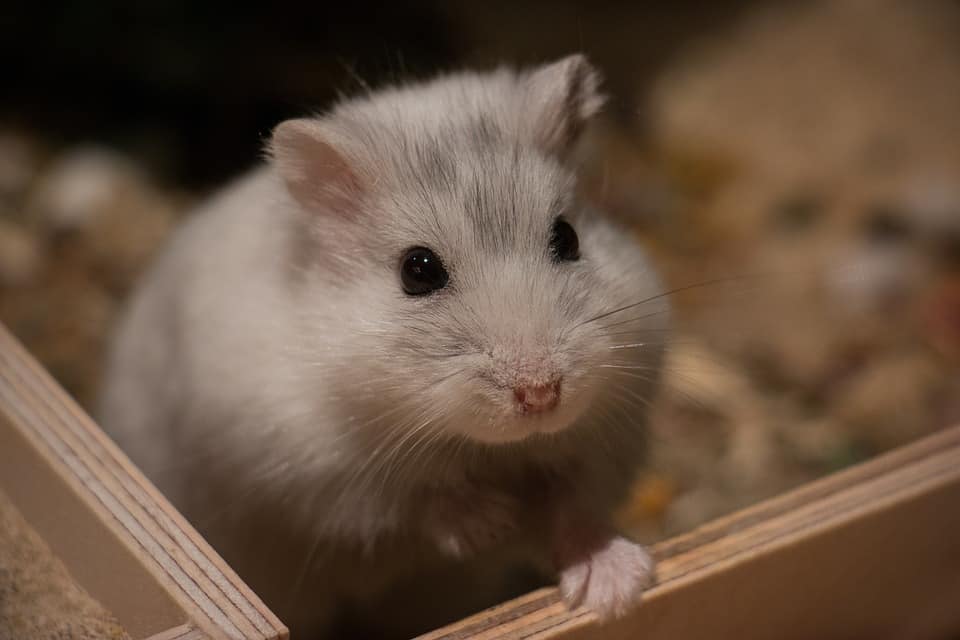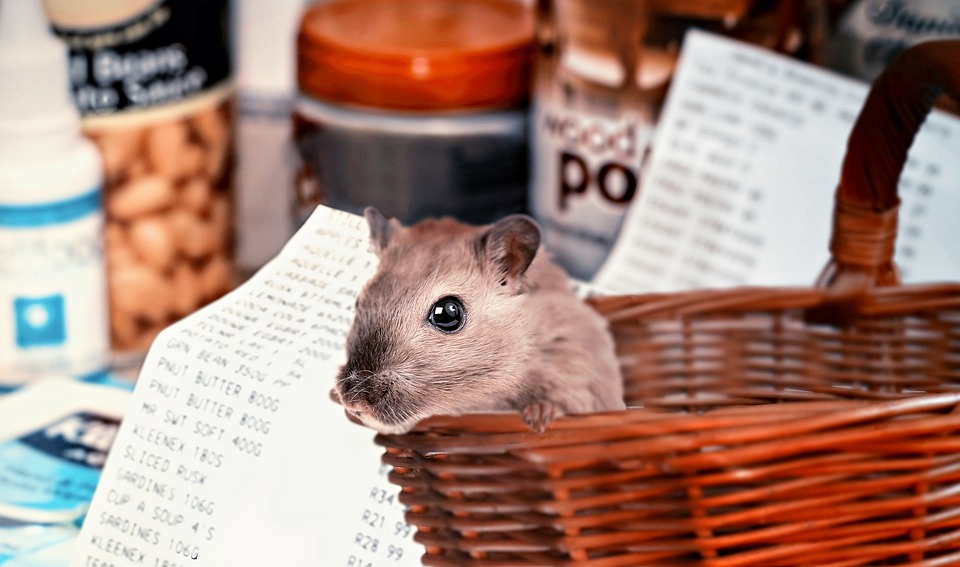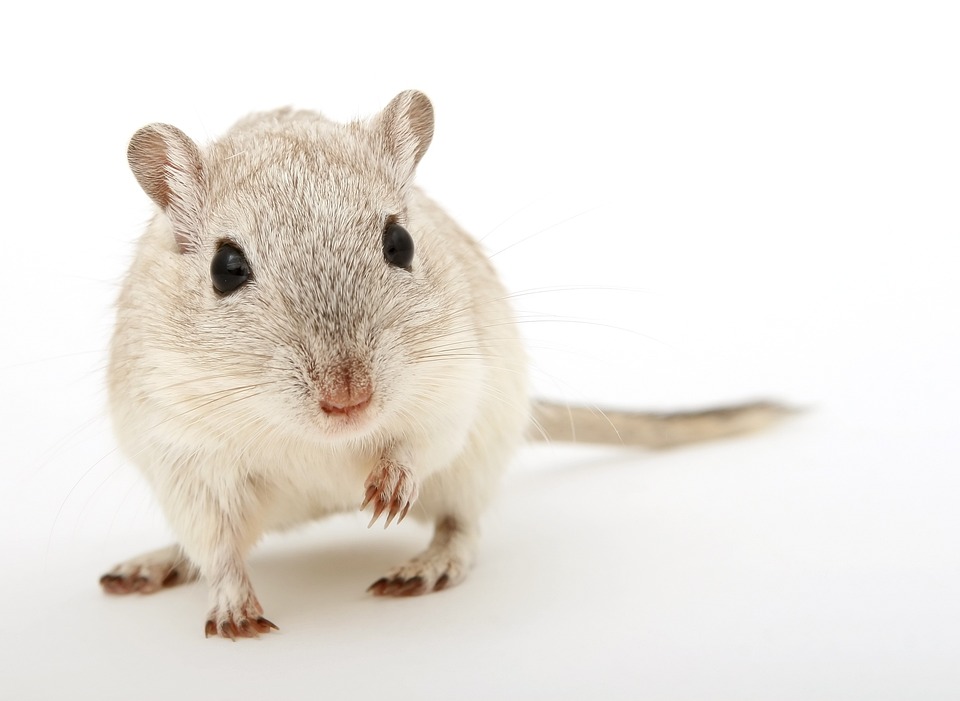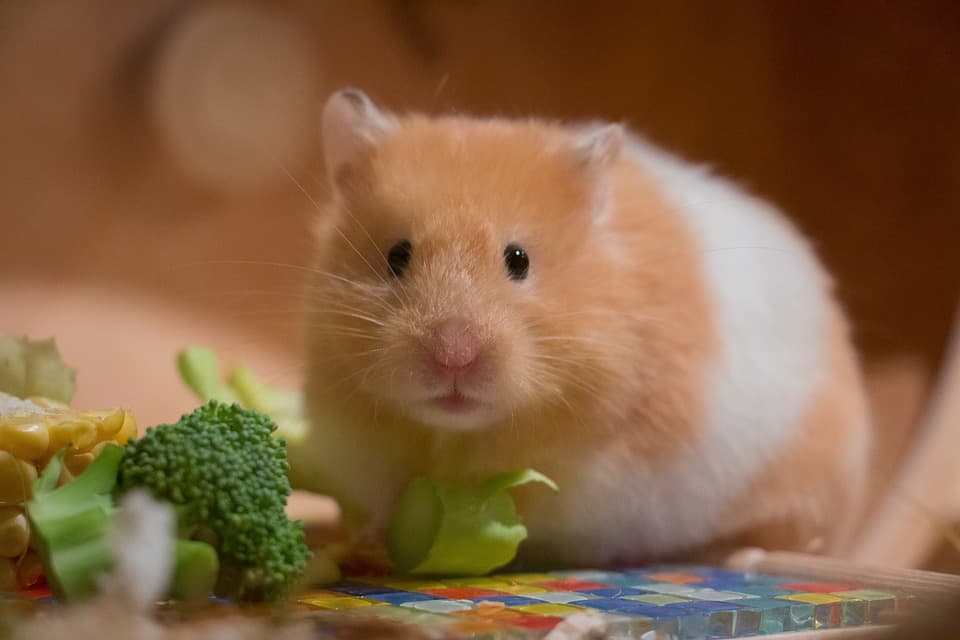Fur production has long been a controversial topic, with many animal rights activists and environmentalists condemning the practice for its negative impact on the environment. This article will explore the environmental impact of fur production and why it has become such a hot-button issue in recent years.
How does fur production impact the environment?
Fur production has a significant impact on the environment in several ways. First and foremost, it contributes to the depletion of natural resources. The process of raising animals for fur requires large amounts of land, water, and food, which puts a strain on the planet’s already limited resources. In addition, the chemicals used in processing and dyeing fur can pollute water sources and harm local ecosystems. The waste produced by fur farms, such as animal feces and carcasses, can also contaminate soil and water, further damaging the environment.
Furthermore, the carbon footprint of fur production is substantial. The transportation and energy required to operate fur farms and processing facilities contribute to greenhouse gas emissions, which contribute to climate change. Additionally, the chemicals used in fur production can release harmful pollutants into the air, further impacting the planet’s delicate balance.
What are the alternatives to fur production?
Fortunately, there are several sustainable alternatives to fur production that have far less impact on the environment. Faux fur, for example, is an increasingly popular option that mimics the look and feel of real fur without harming animals. Additionally, natural fibers such as wool and alpaca can provide warm and luxurious clothing options without the ethical and environmental drawbacks of fur production. There is also a growing trend of recycling and upcycling old fur garments, reducing the demand for new fur and minimizing waste.
Another alternative is the use of innovative bio-based materials, such as mushroom leather and pineapple fiber, which offer the same luxurious feel as fur without the environmental costs. By choosing these sustainable alternatives, consumers can reduce the demand for fur and support environmentally-friendly practices in the fashion industry.
What can individuals do to reduce their impact?
As individuals, there are several steps we can take to reduce our impact on the environment when it comes to fur production. The most effective way to make a difference is by choosing not to purchase or wear fur products. By opting for sustainable alternatives and supporting brands that are committed to ethical and eco-friendly practices, we can collectively reduce the demand for fur and encourage the fashion industry to adopt more sustainable practices.
Additionally, we can educate others about the environmental impact of fur production and advocate for the protection of animals and ecosystems. By raising awareness and supporting legislation to regulate fur production, we can help to create a more sustainable and compassionate future for fashion and the planet.
Conclusion
In conclusion, fur production has a significant and detrimental impact on the environment, from resource depletion and pollution to contributing to climate change. However, there are sustainable alternatives available, and individuals can make a difference by choosing not to support the fur industry and advocating for more ethical and environmentally-friendly practices in the fashion industry. By working together, we can help to minimize the environmental impact of fur production and create a more sustainable future for the planet.
FAQs
Can fur production be done in an environmentally-friendly way?
While it is possible for fur production to be conducted in a more environmentally-friendly manner, the scale and demand for fur in the fashion industry make it challenging to do so without significant impact. Sustainable alternatives to fur production are available and offer a more eco-friendly option.
What are some sustainable alternatives to fur production?
Some sustainable alternatives to fur production include faux fur, natural fibers such as wool and alpaca, and innovative bio-based materials like mushroom leather and pineapple fiber. These alternatives provide the look and feel of fur without the ethical and environmental concerns.
How can individuals reduce their impact on fur production?
Individuals can reduce their impact on fur production by choosing not to purchase or wear fur products, opting for sustainable alternatives, and supporting brands that are committed to ethical and eco-friendly practices. Additionally, educating others and advocating for legislation to regulate fur production can help create a more sustainable future for fashion and the planet.
Do fur farms have a significant impact on the environment?
Yes, fur farms have a significant impact on the environment due to the resources required to raise animals for fur, the pollution caused by processing and dyeing fur, and the waste generated by fur production. Additionally, the carbon footprint of fur farms contributes to climate change.
What is the best way to support environmentally-friendly practices in the fashion industry?
The best way to support environmentally-friendly practices in the fashion industry is by choosing to support brands that prioritize ethical and sustainable production methods, opting for eco-friendly materials, and advocating for the protection of animals and ecosystems. By collectively reducing the demand for fur and promoting sustainable alternatives, we can help create a more sustainable future for fashion and the planet.



